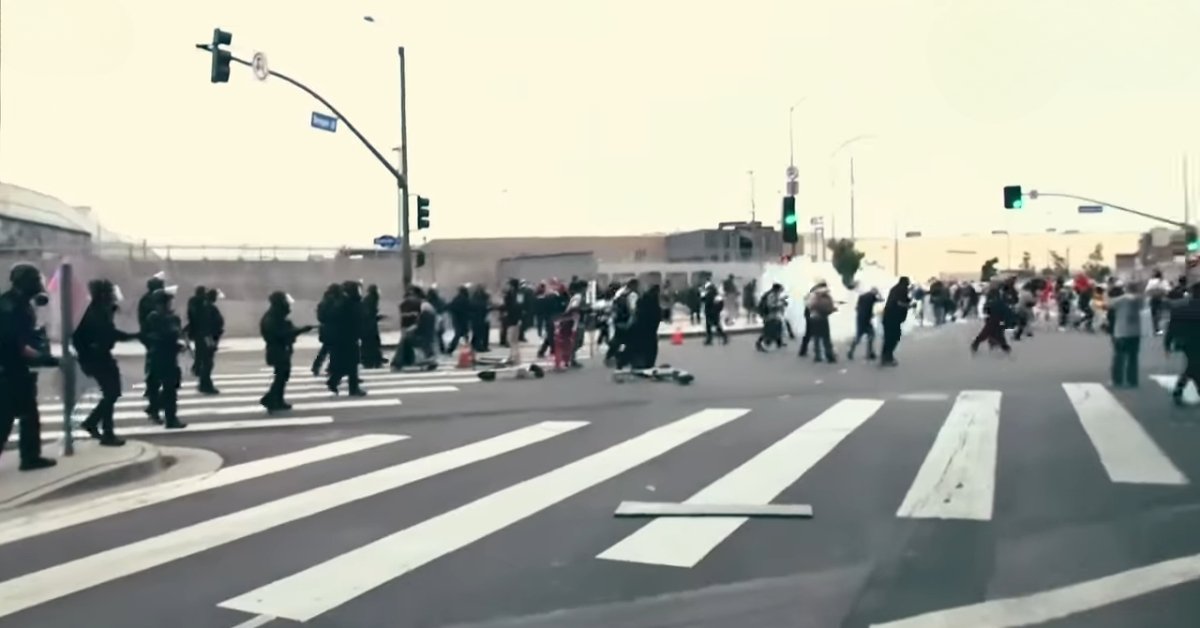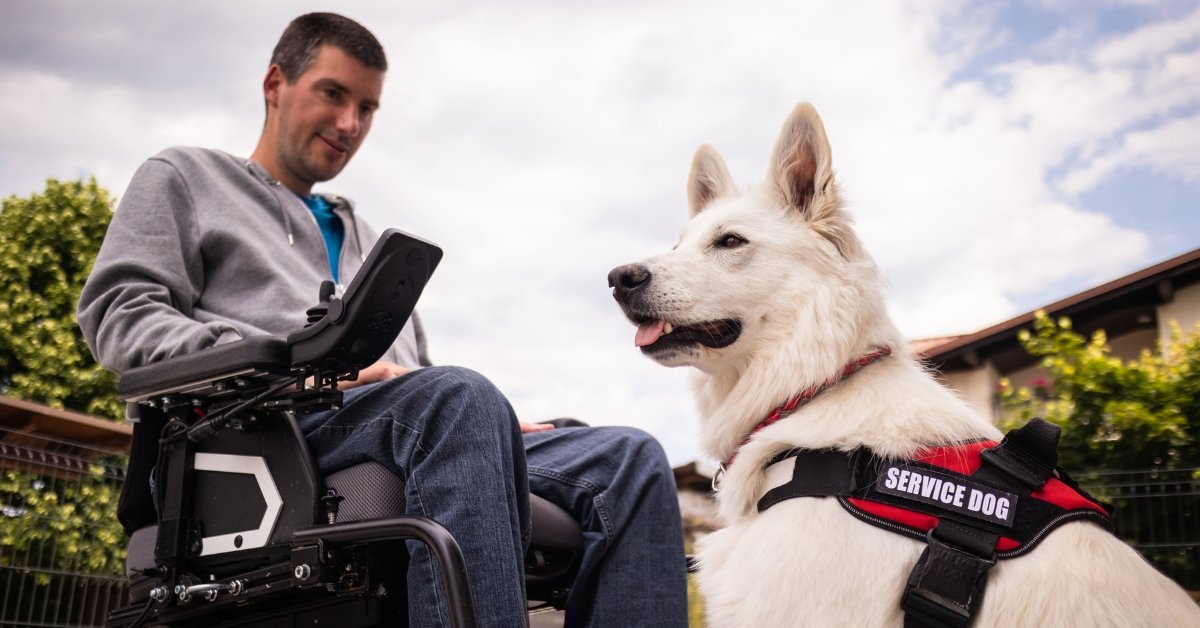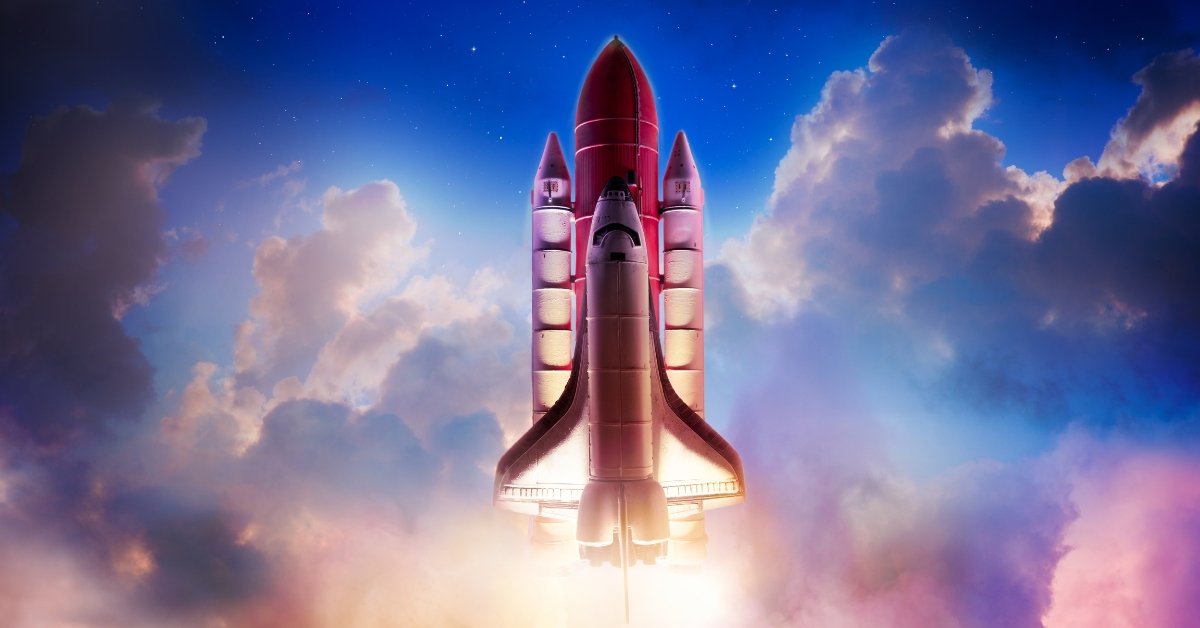Dive into the 2025 LA riots sparked by ICE raids, National Guard deployment, and protests. Explore causes, key figures, and updates.
Table Of Contents
Hey there, readers!
Your team at THOUSIF Inc. – USA is investigating the 2025 Los Angeles riots, a story that has captured the world’s attention.
You are not alone if you are wondering, “What is happening in LA?” or “Why are there riots in LA today?”.
The streets of Los Angeles, from Paramount to Compton, have been ablaze with protests, tear gas, and controversy following aggressive Immigration and Customs Enforcement (ICE) raids.
Add in the deployment of 2,000 National Guard troops, fiery rhetoric from leaders like Donald Trump and Gavin Newsom, and a city on edge, and you have a situation that’s as complex as it is intense.
This blog post is your one-stop guide to every detail, from the spark of the ICE raids to the National Guard’s boots on the ground, the roles of key figures like Karen Bass and Tom Homan, and what it all means for Los Angeles and beyond.
We have dug deep, scoured the latest updates, and woven them into a human, engaging narrative.
So, grab a coffee, settle in, and let us unpack the chaos-shaking LA in June 2025.
The Spark: ICE Raids Ignite Los Angeles
On June 6, 2025, Los Angeles woke up to a shockwave.
Federal agents from ICE swept through the city in high-profile raids, targeting businesses and communities in areas like the Westlake District, Fashion District, and South Los Angeles.
Picture this: dozens of agents in riot gear, armored trucks rolling in, and crowds gathering as workers were detained at places like a Home Depot, an apparel store, and a clothing warehouse.
By the end of the day, 118 immigrants were arrested, with 44 captured on June 6 alone and at least one person deported to Mexico.
These were not quiet operations.
The raids were bold, military-style, and designed to send a message. Protesters hit the streets almost immediately, chanting, “Set them free, let them stay!” and “ICE out of LA!”
Outside the Edward R. Royal Federal Building, where detainees were processed, crowds blocked entrances, graffitied walls with phrases like “ICE death,” and faced off with federal agents.
The tension was palpable, and things took a darker turn by nightfall.
Escalation: From Protests To Riots
By June 7, the protests had spread like wildfire, particularly in Paramount, a city where over 80% of residents are Latino, and Compton.
Here is where things got messy.
In Paramount, near an industrial park, Border Patrol agents in riot gear clashed with protesters.
Smoke from burning shrubbery and rubbish filled the air, and a major boulevard was shut down.
In Compton, a car was set ablaze during a standoff, with videos capturing the chaos of smoke grenades and tear gas.
The Los Angeles Police Department (LAPD) was not far behind.
At 7 p.m. on June 7, they declared an unlawful assembly and gave protesters five minutes to disperse.
When some didn’t, riot police moved in, wielding batons, tear gas rifles, and less-than-lethal munitions like pepper balls.
Over a dozen arrests were made, with U.S. Attorney Bill Essayli reporting that those detained were charged with impeding federal agents.
One protester was seen setting a bag of trash on fire on Alondra Boulevard, while others threw rocks and fireworks at police.
It was a scene of raw anger and resistance.
| Locations | Incidents | Date |
|---|---|---|
| Westlake District | ICE raid at Home Depot, detentions | June 6, 2025 |
| Fashion District | Raid at the apparel store, protests | June 6, 2025 |
| South Los Angeles | Raid at clothing warehouse, arrests | June 6, 2025 |
| Paramount | Clashes near industrial park, tear gas, boulevard closed | June 7, 2025 |
| Compton | Car burned, smoke grenades, standoff | June 7, 2025 |
| Downtown LA | Ongoing protests, clashes with federal agents | June 8, 2025 |
The Federal Response: National Guard Rolls In
Enter President Donald Trump, who would not let the protests dominate the headlines.
On June 7, 2025, he signed a memorandum federalizing 2,000 California National Guard troops under Title 10 authority, placing them under federal command for 60 days (or at the discretion of Secretary of Defense Pete Hegseth).
Their mission? Protect ICE agents and federal facilities amid what the White House called “riots and looters.”
Trump’s border czar, Tom Homan, announced the deployment on Fox News, saying, “We are going to bring the National Guard in tonight.”
He also hinted at mobilizing Marines from Camp Pendleton if the violence did not subside.
By June 8, reports confirmed the Guard would arrive within 24 hours, with U.S. Attorney Bill Essayli claiming the protests were “out of control” and citing incidents like Molotov cocktails being thrown.
This move was not without precedent. Los Angeles saw the National Guard during the 1992 Rodney King riots and the 2020 George Floyd protests, but it was controversial.
Unlike those instances, which were state-requested, this deployment came straight from the White House, bypassing California Governor Gavin Newsom’s approval.
Newsom called it “purposefully inflammatory,” warning it would “escalate tensions.”
Title 10, rather than the Insurrection Act, also raised eyebrows.
It limits troops from directly assisting civilian law enforcement under the Posse Comitatus Act, focusing instead on federal asset protection.
Local Leadership: Bass, Newsom, And The Divide
Los Angeles Mayor Karen Bass, a vocal advocate for the city’s sanctuary status, did not hold back.
On June 7, she slammed the ICE raids as designed to “sow terror.”
She later addressed the unrest, saying, “Everyone has the right to protest peacefully, but violence and destruction are unacceptable.”
She emphasized that LA was in contact with Washington, D.C., officials to navigate the crisis, but her stance was clear: the National Guard’s presence would not help.
Governor Newsom went further, tweeting that deploying active-duty Marines against citizens was “deranged behavior.”
He argued that the federal takeover of the California National Guard undermined state authority and trust.
Meanwhile, local figures like Paramount Mayor Peggy Lemons pointed fingers at federal agencies for poor coordination, noting that LAPD backup took an hour to arrive during the Paramount clashes due to communication failures.
On the federal side, voices like Stephen Miller, Trump’s deputy chief of staff, fueled the fire.
Posting on X, Miller framed the protests as an “insurrection,” urging, “Deport the invaders, or surrender.”
ICE Acting Director Todd Lyons also criticized Bass, accusing her of siding with “chaos and lawlessness” over law enforcement.
The Human Toll: Injuries, Arrests, And Fear
The protests were not just about politics.
They left a real human impact.
David Huerta, president of the Service Employees International Union California, was injured and detained by ICE while observing the raids.
Details on his condition or charges are scarce, but his case became a rallying point for activists.
Protesters faced tear gas, flash-bang grenades, and less-than-lethal rounds, with some sustaining injuries.
One image captured a man helping an injured woman in Paramount, while others showed demonstrators waving Mexican flags next to burning cars.
The Department of Homeland Security claimed 1,000 “rioters” surrounded federal buildings, assaulting officers and damaging property, though these numbers are unverified.
Angelica Salas from the immigrants’ rights group Chirla expressed alarm that lawyers could not access the detained, calling it “very worrying.”
Meanwhile, ICE’s goal of 3,000 arrests per day loomed large, with 150 undocumented immigrants detained over two days by June 8.
Communities in Paramount, Compton, and downtown LA, many heavily Latino, felt the brunt of fear and disruption.
Businesses closed, streets were blocked, and residents grappled with the dual threat of federal raids and protest violence.
The timing could not have been worse for a city recovering from recent natural disasters.
Legal And Political Fallout
The deployment of the National Guard under Title 10, rather than the Insurrection Act, sparked legal debates.
The Insurrection Act, last used in 1992 for the LA riots, allows military intervention in civil unrest but requires specific conditions.
Title 10, however, is narrower, focusing on federal missions like protecting government property.
Critics, including the ACLU, warned of potential overreach, especially given Trump’s campaign promises of mass deportations and challenges to birthright citizenship.
Politically, the protests pit Democratic strongholds like Los Angeles against Trump’s Republican White House.
The city, where a significant portion of the population is Hispanic and foreign-born, has long embraced its sanctuary status.
Trump’s rhetoric—calling Newsom “Gavin Newscum” and Bass incapable- deepened the divide.
Posts on X reflected public sentiment, with some decrying the Guard’s presence as targeting minorities, while others saw the protests as spiraling into chaos.
What Is Happening In LA Today?
The situation remains fluid as of June 8, 2025.
Protests continue in downtown LA, with clashes reported for a second day.
The National Guard is en route, expected to arrive by June 9, and Marines at Camp Pendleton are on high alert.
ICE operations show no signs of slowing, with 100,000 arrests nationwide under Trump’s administration by early June.
Social media paints a vivid picture.
One X post from February 2025 (before the current unrest) described LAPD releasing detained protesters, hinting at earlier tensions over ICE actions.
Another claimed the Guard was “harassing minorities” during prior deployments, reflecting distrust in federal forces.
These sentiments underscore the challenge of balancing enforcement and community trust.
Historical Context: LA’s Legacy Of Unrest
Los Angeles is no stranger to riots.
The 1992 Rodney King riots, sparked by the acquittal of officers who beat a Black man, saw 63 deaths, thousands injured, and widespread looting.
The National Guard was called to restore order at the state’s request.
The 2020 George Floyd protests also brought troops to LA amid a global outcry over police brutality.
Each time, the city’s diverse communities, especially Black and Latino, bore the brunt of both unrest and response.
The 2025 riots, while smaller in scale, echo these events.
Immigration, a perennial flashpoint, has replaced racial justice as the immediate trigger, but the underlying themes of systemic inequality and federal overreach remain.
Paramount, with its Latino majority, and Compton, a historically Black and Latino hub, are symbolic battlegrounds in this latest chapter.
The Bigger Picture: Immigration And Power
The 2025 LA riots are about more than protests or raids.
They are about power, identity, and America’s immigration debate.
Trump’s administration has made no secret of its hardline stance, with policies aiming for record deportations and border lockdowns.
The raids in LA, targeting businesses and communities, are a visible flex of that agenda.
However, the backlash was inevitable in a city where diversity is a point of pride.
For residents, the fear is real.
Families worry about loved ones being detained; businesses dread more raids.
The protests, while chaotic, reflect a refusal to stay silent.
However, the violence, cars burning, and rocks thrown risk overshadowing the message, giving federal officials like Homan and Miller ammunition to justify harsher measures.
Conclusion: What Is Next For LA?
As we write this from THOUSIF Inc. – USA, the story of LA’s 2025 riots is still unfolding.
The National Guard’s arrival, ICE’s ongoing raids, and the voices of leaders like Bass and Newsom will shape what comes next.
Will the protests de-escalate, or will more clashes erupt?
Can LA balance its sanctuary ethos with public safety?
These are questions only time will answer.
We are left with a city at a crossroads, vibrant, defiant, and wrestling with its future.
We hope this deep dive helped you understand the chaos, the stakes, and the human stories behind the headlines.
Want more insights like this?
Please stick with us at THOUSIF Inc. – USA and explore our other articles for fresh takes on global events.
Drop your thoughts in the comments.
What do you think LA’s next chapter will be?
Until next time, stay curious and keep exploring!
Trivia Time!
Did you know? Los Angeles has been a sanctuary city since 1979, when it adopted Special Order 40, limiting police cooperation with federal immigration authorities. This policy, reaffirmed by Mayor Karen Bass, makes LA a lightning rod for immigration debates, especially under administrations pushing enforcement.






